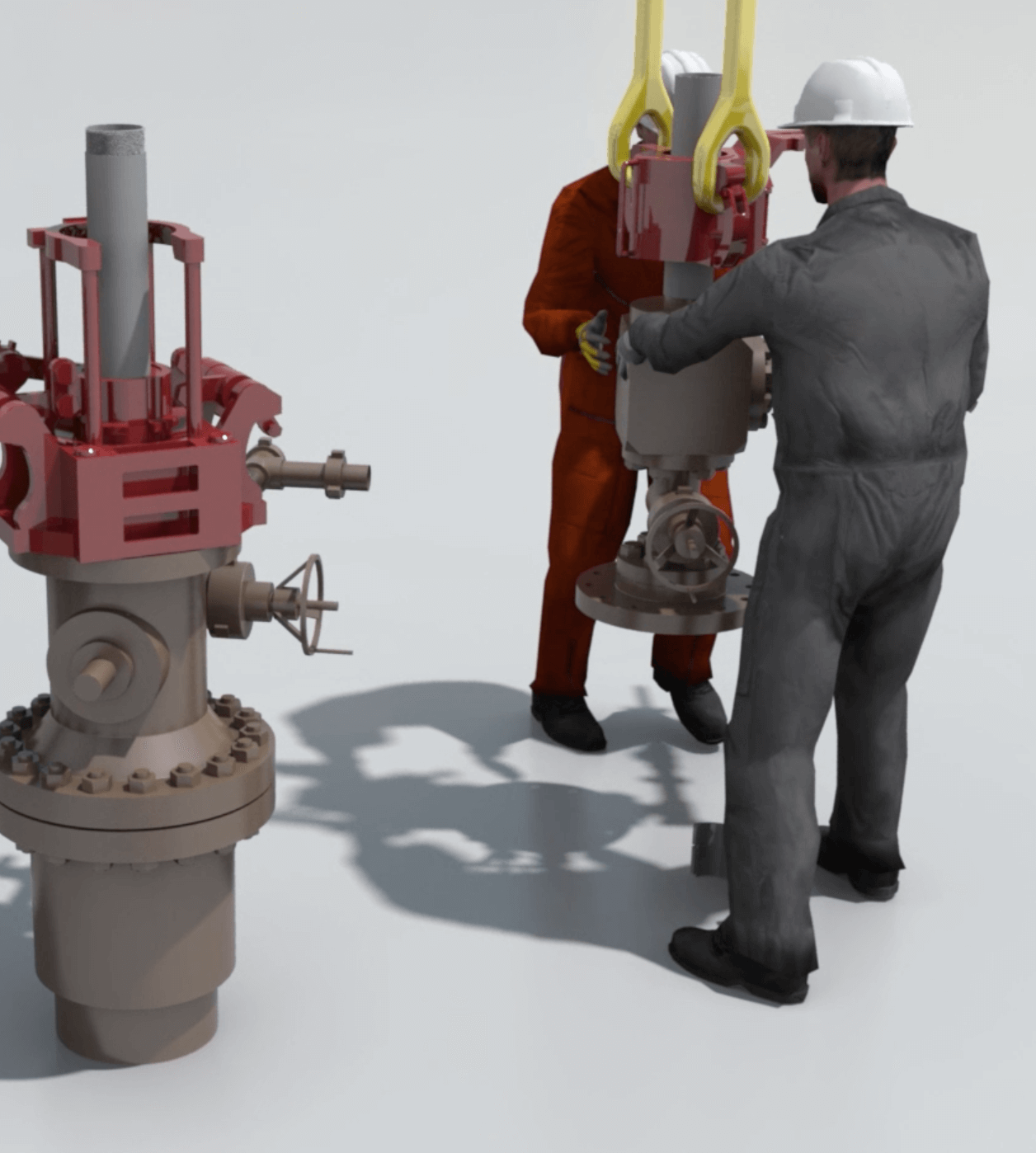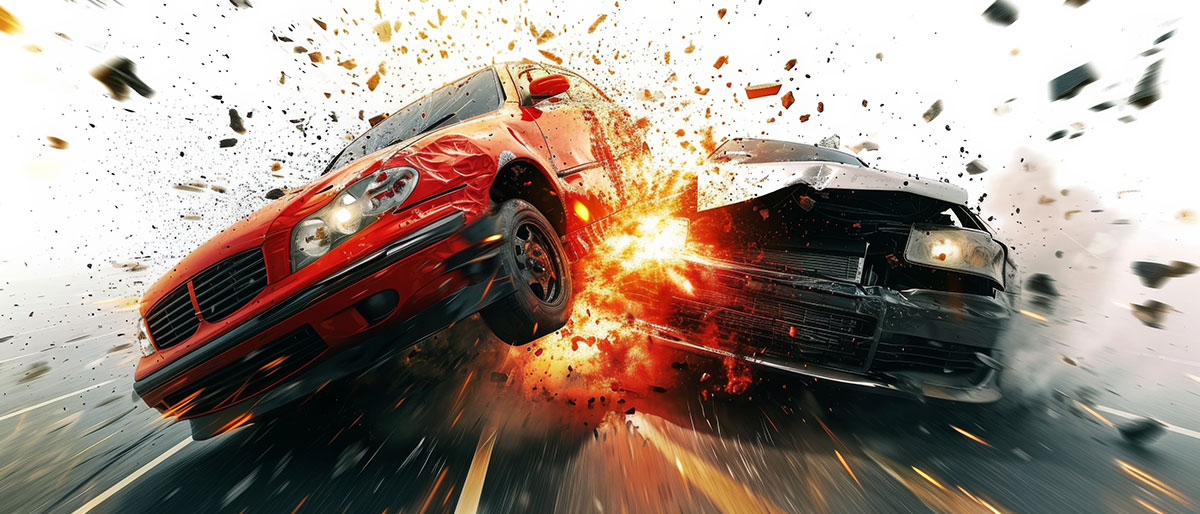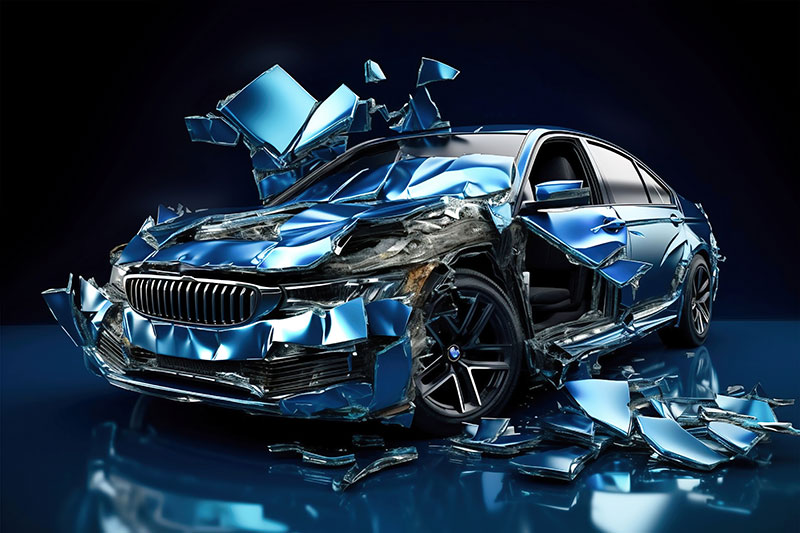courtroom animation
During the 1890s, cinematography emerged as a ground-breaking development, with its remarkable portrayal of realistic elements being hailed as its primary achievement. However, it took a significant amount of time before animation made its way into theaters. The renowned film The Haunted Hotel (1907) directed by J. Stuart Blackton brought widespread attention to stop-motion animation and is said to have served as inspiration for Émile Cohl in the creation of Fantasmagorie (1908), which is widely recognized as the earliest existing example of a full traditional animation created by hand on standard cinematic film. Ladislas Starevich's puppet animations, dating back to 1910, and Winsor McCay's meticulous hand-drawn animations in films like Little Nemo (1911) and Gertie the Dinosaur (1914), stand out as noteworthy artistic endeavors that have exerted considerable influence in the realm of short films.
The Rescuers Down Under holds the distinction of being the inaugural full-length movie to be entirely generated digitally, devoid of any camera involvement. This accomplishment was achieved through the utilization of the Computer Animation Production System (CAPS), a collaborative creation by Pixar and The Walt Disney Company during the late 1980s. The film's aesthetic closely mimicked the traditional technique of cel animation.
In 1991, Beauty and the Beast became the inaugural animated film to receive a nomination for the esteemed Best Picture category. Subsequently, Up (2009) and Toy Story 3 (2010) also earned nominations in this category when the academy increased the number of nominees from five to ten.



